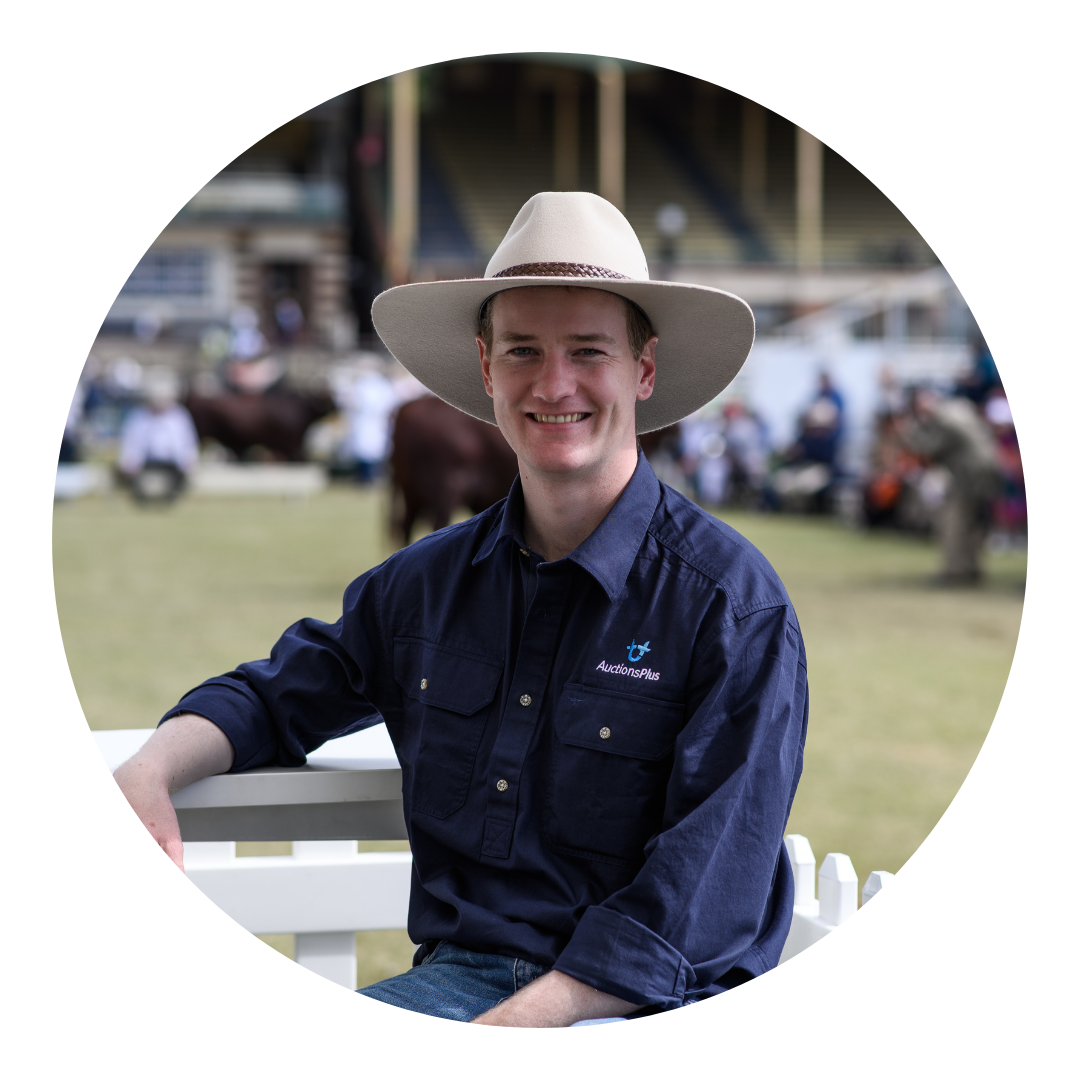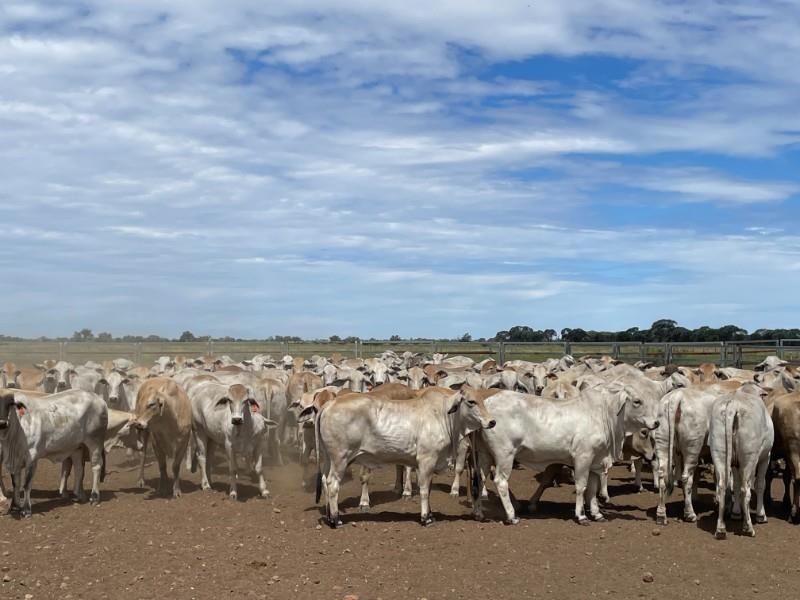The Australian Beef Market in 2025: An Absolute Cracker
In this column in July, the StoneX H2 2025 Australian Cattle & Beef Market Outlook’s bold calls were analysed and assessed for what the final 6...
2 min read
 Damien Thomson
:
Aug 23, 2023
Damien Thomson
:
Aug 23, 2023

In our 2023 cattle market outlook published last December, we raised the idea that the beef industry was entering a transition phase in the natural cattle cycle. This has been confirmed by the release of the ABS slaughter and production figures for Q2 2023 which revealed a female slaughter ratio of 48%. This is just above the average 47% FSR and indicates a transition from a herd rebuilding to a herd liquidation phase.
Key Points:
Female Slaughter Ratio (FSR) reaches 48%, according to ABS
Steer to heifer price premium reaches highest level in seven years
PTIC heifer premium has diminished as herd rebuilding efforts come to an end
Using AuctionsPlus sale data, we can reveal further evidence that this transition is taking place. This evidence includes the restocker steer to heavy steer premium, steer to heifer premium, and PTIC heifer to heavy heifer price premium.
This transition is in very different stages in different regions across the country. While northern Australia and most of Victoria have experienced substantial rainfall, southern Queensland, New South Wales, and parts of South Australia are experiencing significantly drier conditions.
While regional differences exist, these charts and figures provide insights into the national picture.
The restocker steer (200-280kg) price premium in cents per kilogram of liveweight over the heavy steer (400kg+) has averaged 18% since 2016. The premium slipped under 18% in May 2023 and has remained below that level ever since. The average in August as of Friday the 18th has been -1%, demonstrating the lack of restocking demand in the market.

Figure 1: Restocker steer and heavy steer prices, 2016 – 18 August 2023.
The steer to heifer price premium has averaged 10% since 2016. It reached as low as -2% in August 2022 and is currently 26% in August 2023 - the highest level in the past seven years.
On average, steer prices are almost always higher than heifer prices. This is mostly due to the greater weight gain potential and meat quality of steers. However, during herd rebuilding, demand for heifers increases as producers focus on increasing future production from their breeding herd. This supports higher prices for heifers and brings them closer in line to steer prices.
Heifer prices have declined faster than steer prices as the herd rebuild has matured and drier seasonal conditions have reduced restocker demand.

Figure 2: Average steer and heifer prices across all weight categories, 2016 – 18 August 2023.
While heifer prices have declined faster than steer prices, we can also see changes in the prices of PTIC heifers compared to heifers of the same weight, 400kg+.
The PTIC heifer to heavy heifer premium has averaged 11% since 2016. This premium was over 20% for three months at the start of 2022 when restocking demand peaked. It is now back to around zero and has averaged -4% in August so far.

Figure 3: PTIC heifer and heavy (400kg+) heifer prices, 2016 – 18th August 2023
After a significant three-year period, where the breeding and grazing section of the supply chain drove the market through restocker demand, the finishing and processing section of the supply chain is now in the driver’s seat as higher supply drives the market.
For any questions, feel free to email me at dthomson@auctionsplus.com.au
.jpg)
In this column in July, the StoneX H2 2025 Australian Cattle & Beef Market Outlook’s bold calls were analysed and assessed for what the final 6...
.png)
Each December we save the last article of the year for a bit of a crystal ball gaze, as we try to bring together market fundamentals and work out...
.png)
Australia’s wool market posted another strong performance this week, with all micron categories attracting solid support across the three selling...